(NLDO) - What humans have exploited and brought enormous value to Western Australia is the trace of an ancient supercontinent that broke up.
According to Live Science, Western Australia is famous for the world's largest iron ore deposits, and a new study has just found their terrifying origin, related to the ancient supercontinent Columbia.
The mines were located in what is now the Hamersley district of Western Australia, on a block of Earth's crust known as the Pilbara Craton.
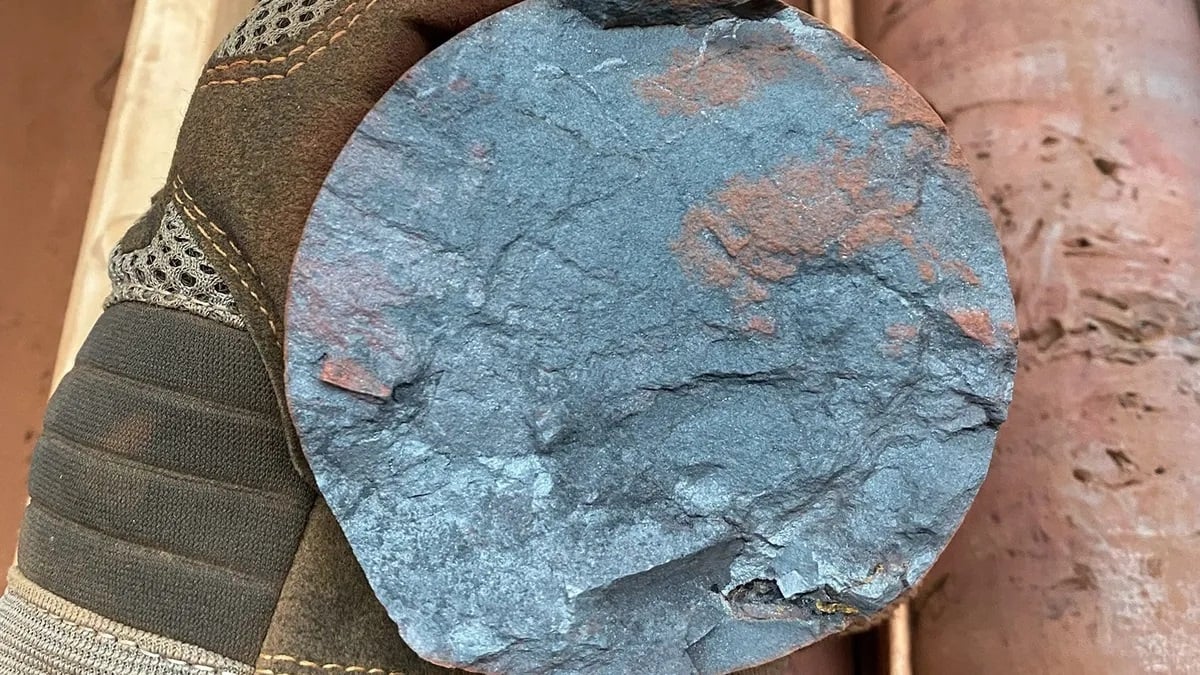
The 1.3 billion-year-old deep blue iron ore core from Hamersley is a treasure trove left behind by the earth's supercontinental breakup - Photo: CURTIN UNIVERSITY
The Pilbara Craton is one of only two pieces of Earth's crust that have survived intact since the Archean (3.8-2.5 billion years ago) and contains some of the oldest rocks on the planet's surface.
A team led by geochronologist Liam Courtney-Davies from the University of Colorado at Boulder (USA) used data on ancient rocks and iron ore deposits to reconstruct a fierce period that began 1.4 billion years ago.
As we know, the planet's plate tectonics has caused continents and oceans to come together and break apart repeatedly over billions of years.
Australia's Hamersley province contains more than 55 billion tonnes of iron ore, which geologists previously thought formed about 2.2 billion years ago.
However, according to new research, published in the journal PNAS , they only appeared 1.4-1.1 billion years ago.
The beginning - 1.4 billion years ago - was when the ancient supercontinent Columbia, also known as Nuna, was torn in two.
"Our research shows that these deposits formed in conjunction with major tectonic events," said geologist Martin Danisik, co-author from Curtin University (Australia).
These tectonic events occurred across the entire Pilbara Craton, providing enormous amounts of energy, pushing enough mineral-rich fluids from deep underground to form large deposits.
During the period that followed, two other continental fragments from the chaotic breakup and fusion of the ancient globe came together to form the area where Australia lies today.
All of this has created huge ore deposits in areas that humans can exploit.
Oceania has long been known as a place of complex tectonic activity. Therefore, in addition to iron in Western Australia, many other diamond, gemstone... mines have been found throughout Australia and New Zealand.
Source: https://nld.com.vn/kho-bau-xanh-luc-dia-xe-doi-o-uc-de-lai-thu-kho-ngo-den-196240803095827988.htm



![[Photo] "Beauties" participate in the parade rehearsal at Bien Hoa airport](https://vstatic.vietnam.vn/vietnam/resource/IMAGE/2025/4/11/155502af3384431e918de0e2e585d13a)

![[Photo] Looking back at the impressive moments of the Vietnamese rescue team in Myanmar](https://vstatic.vietnam.vn/vietnam/resource/IMAGE/2025/4/11/5623ca902a934e19b604c718265249d0)


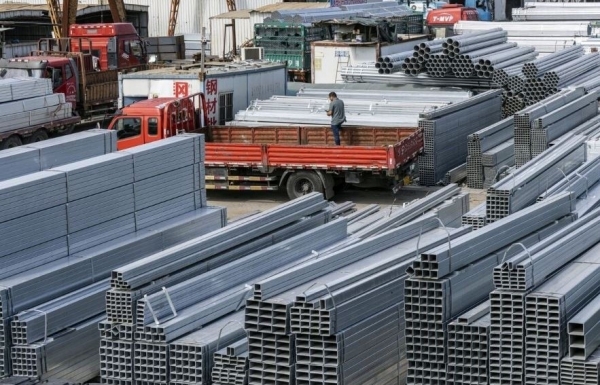

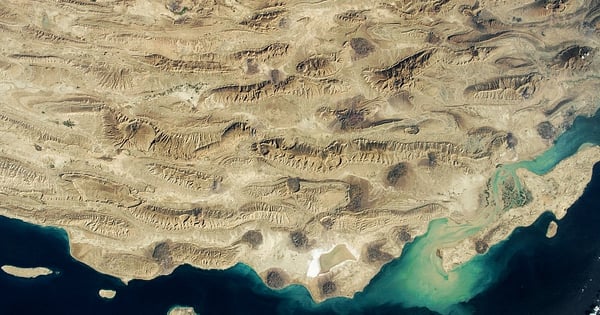
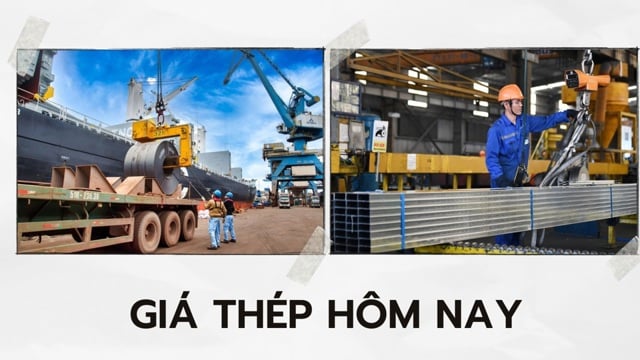

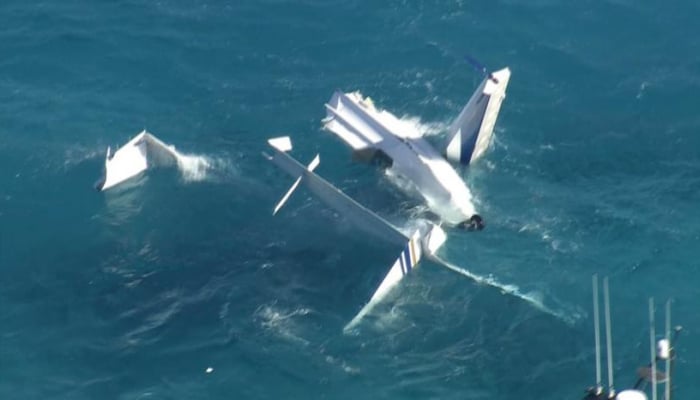

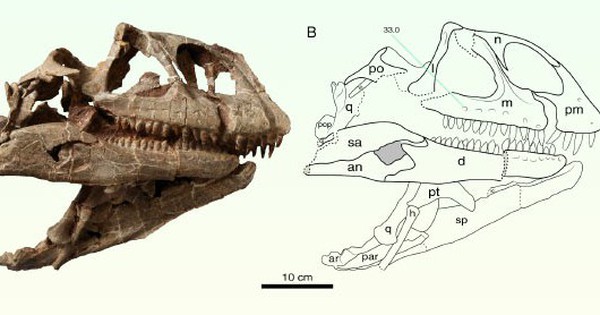
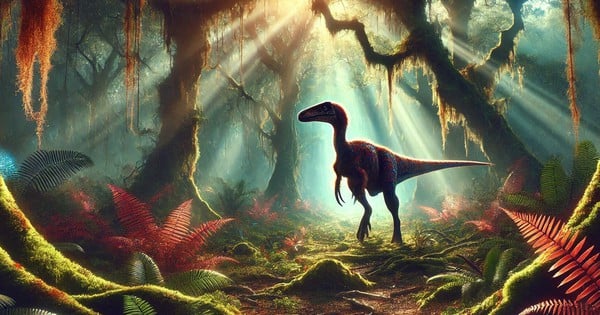

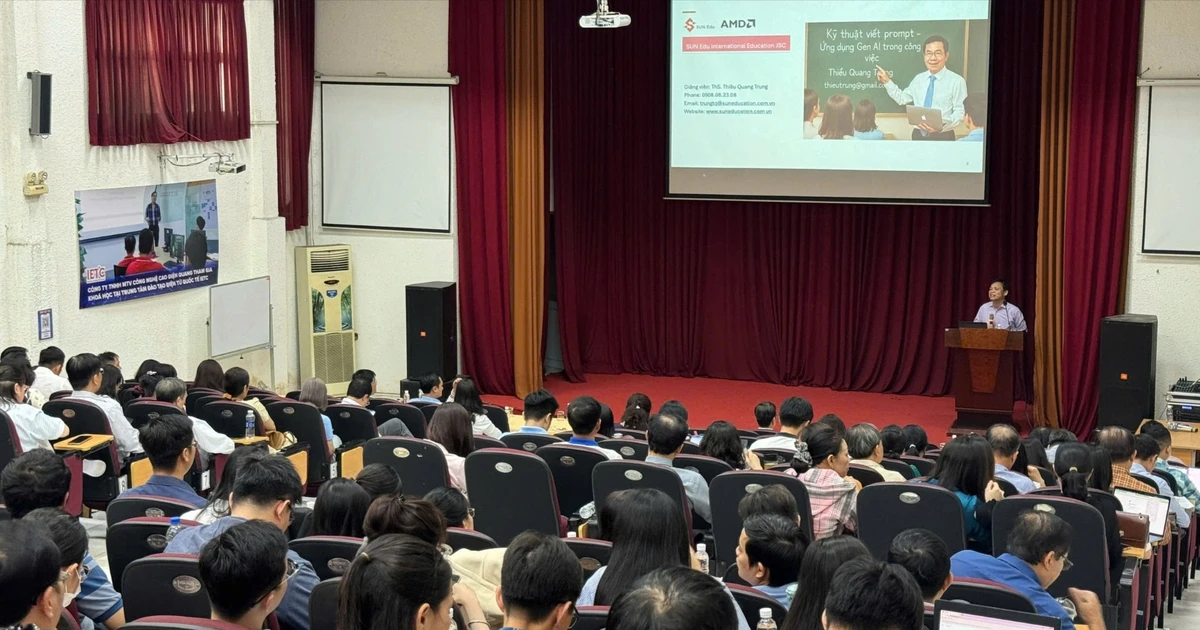
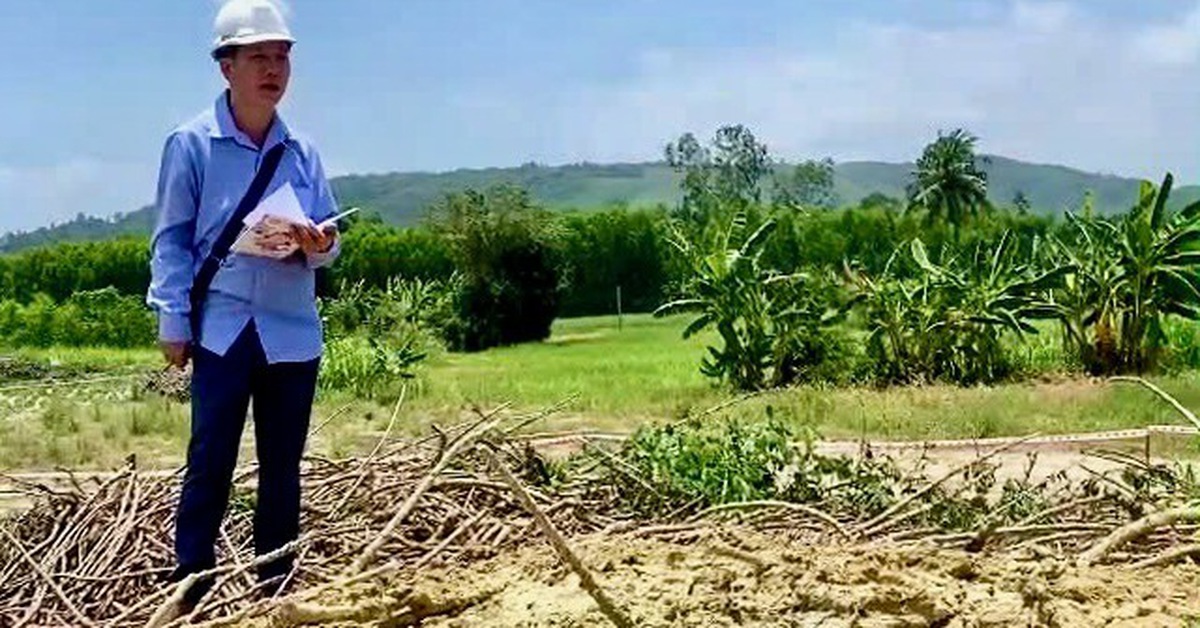

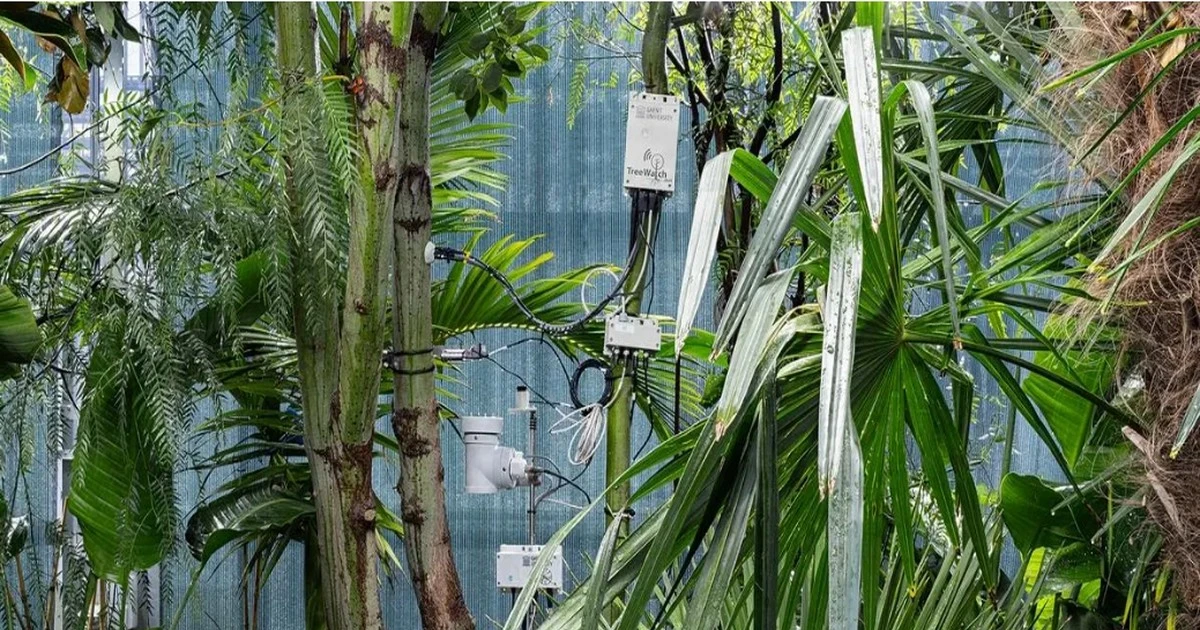





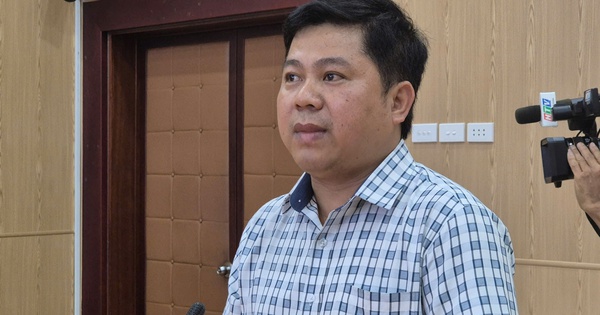




![[Photo] Summary of parade practice in preparation for the April 30th celebration](https://vstatic.vietnam.vn/vietnam/resource/IMAGE/2025/4/11/78cfee0f2cc045b387ff1a4362b5950f)










































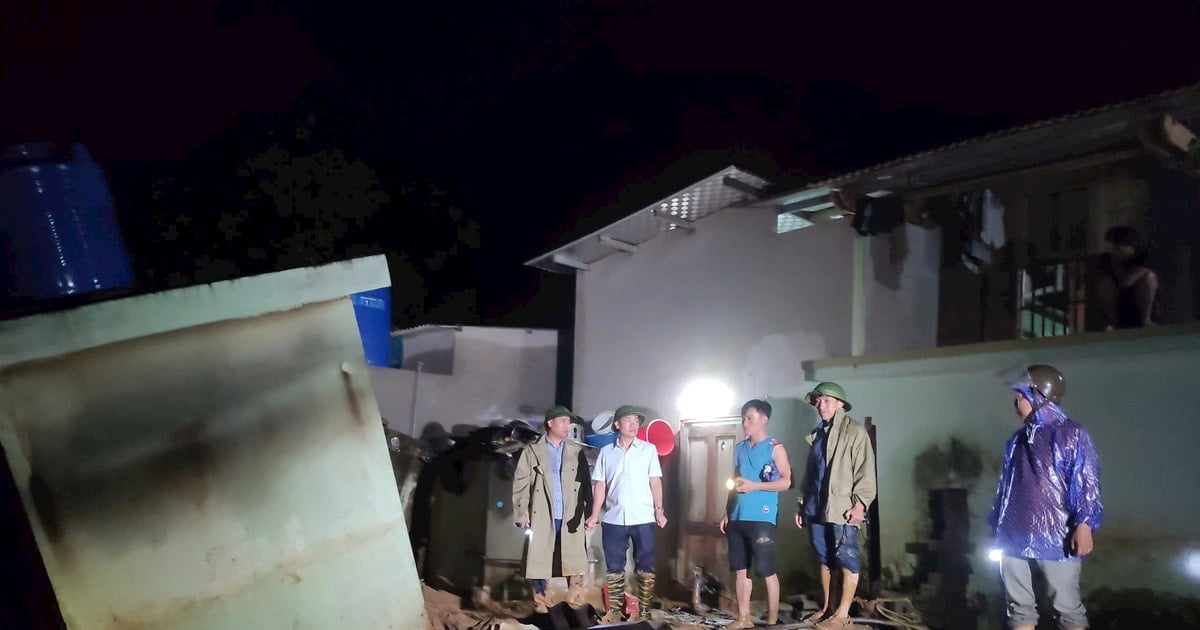

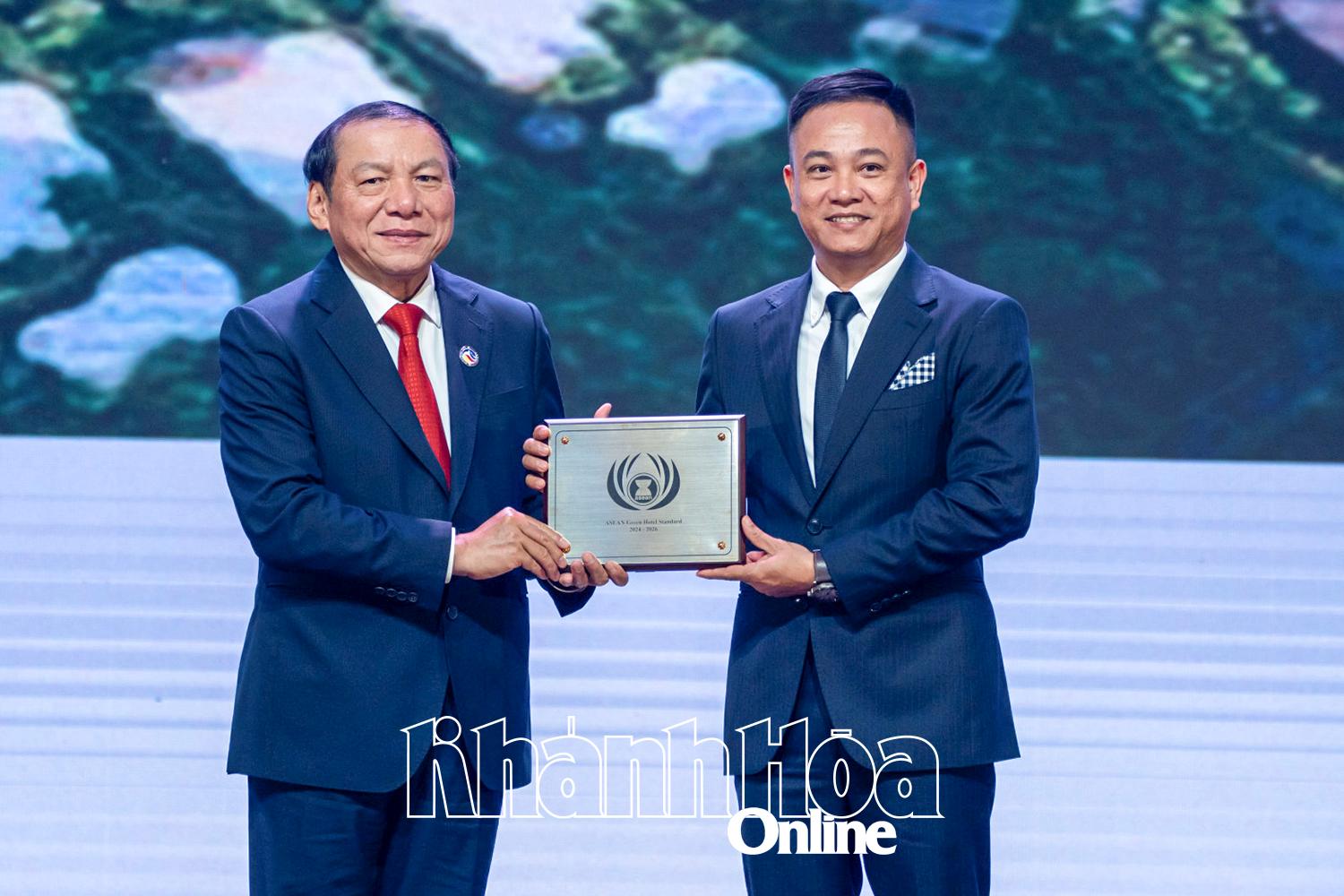


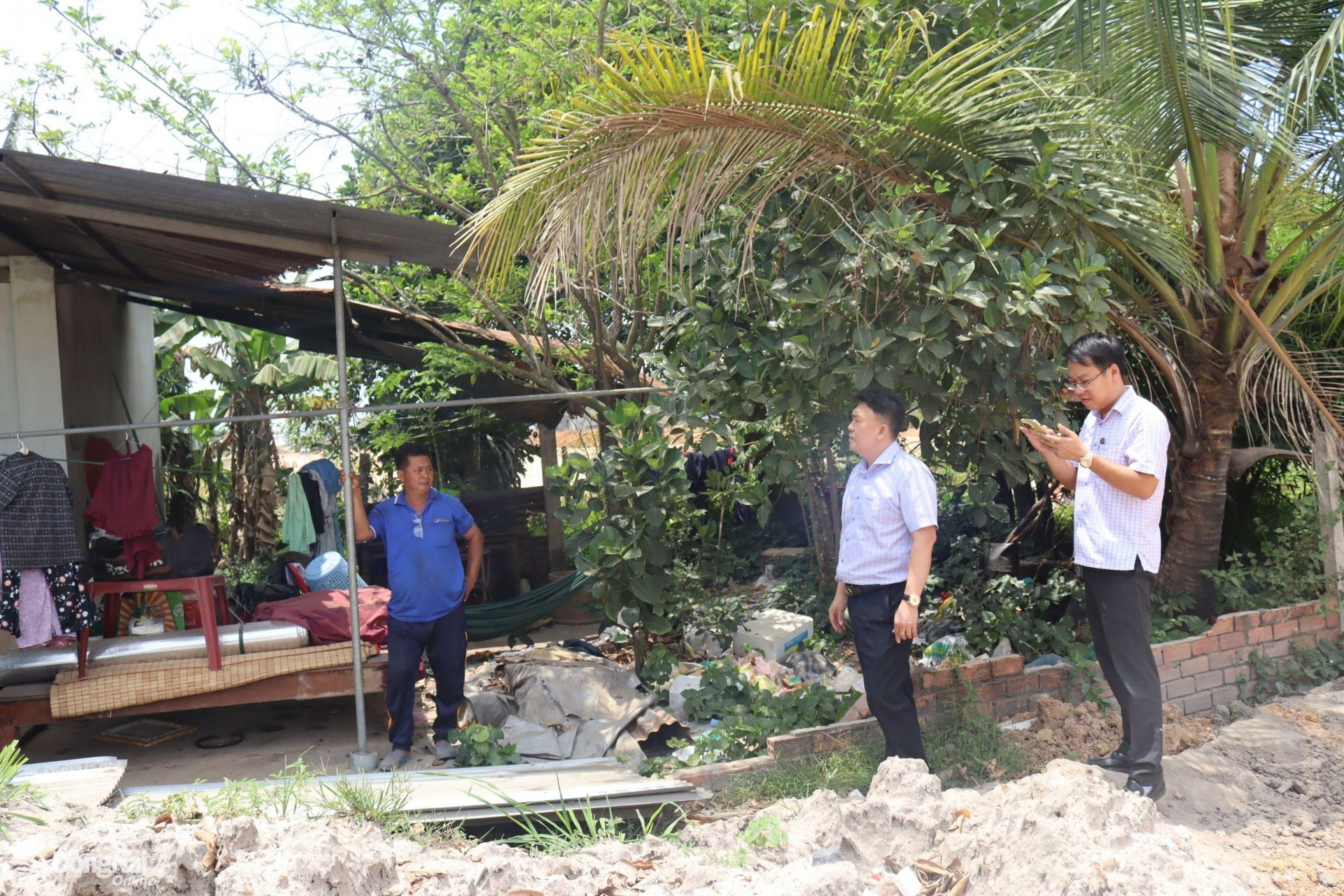















Comment (0)